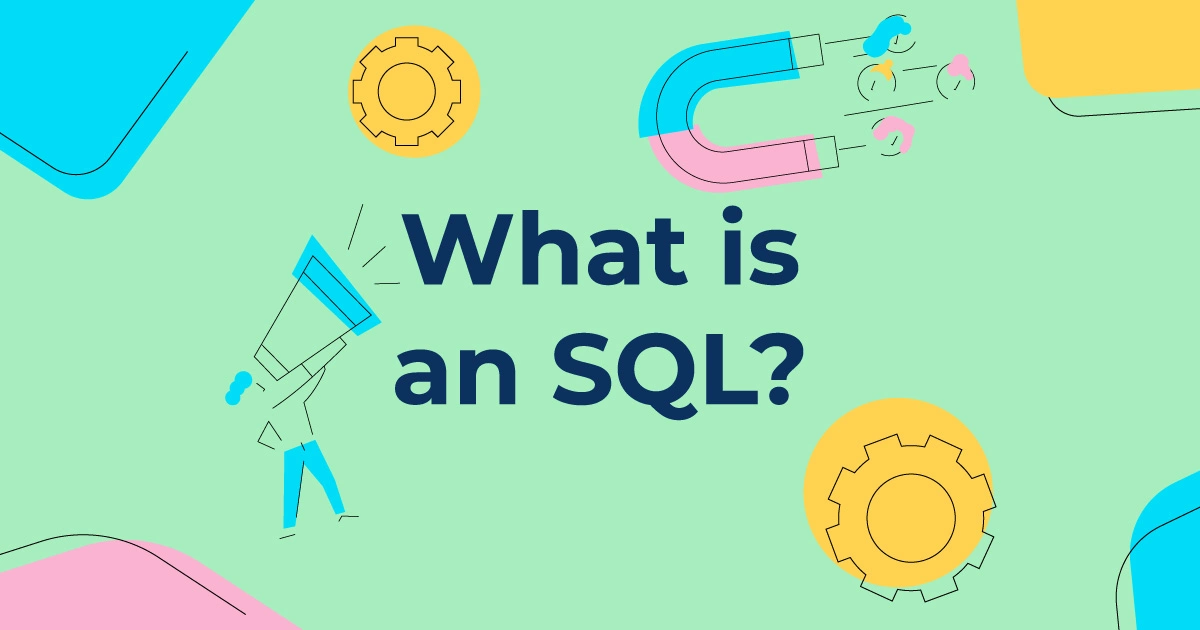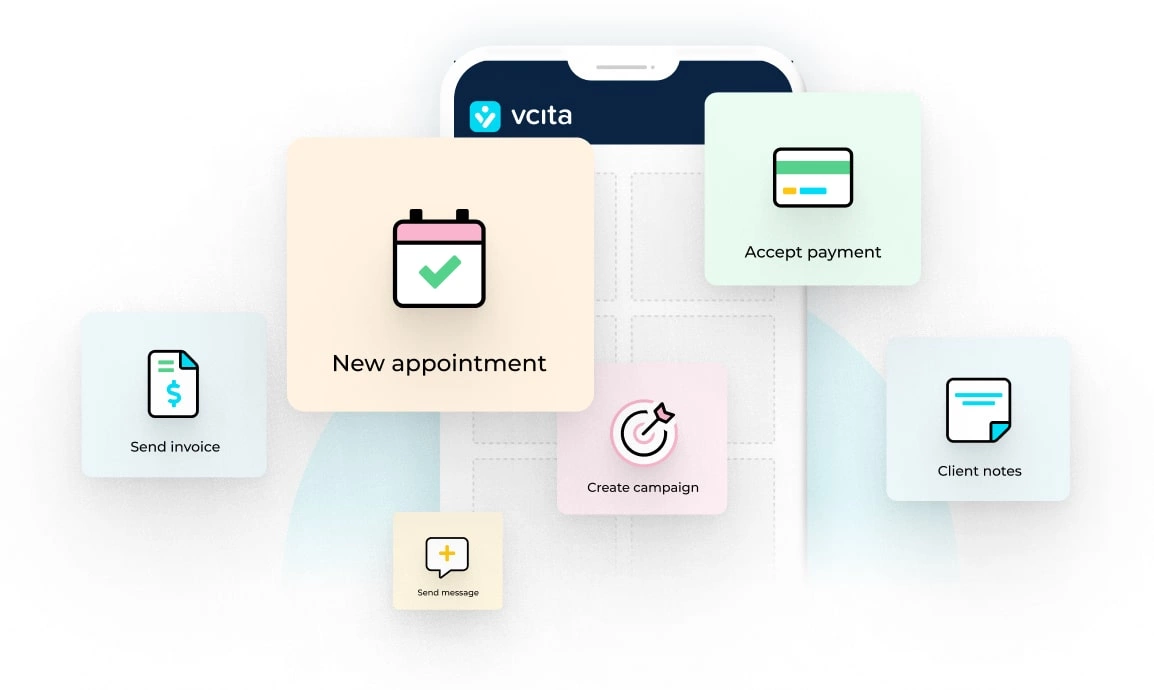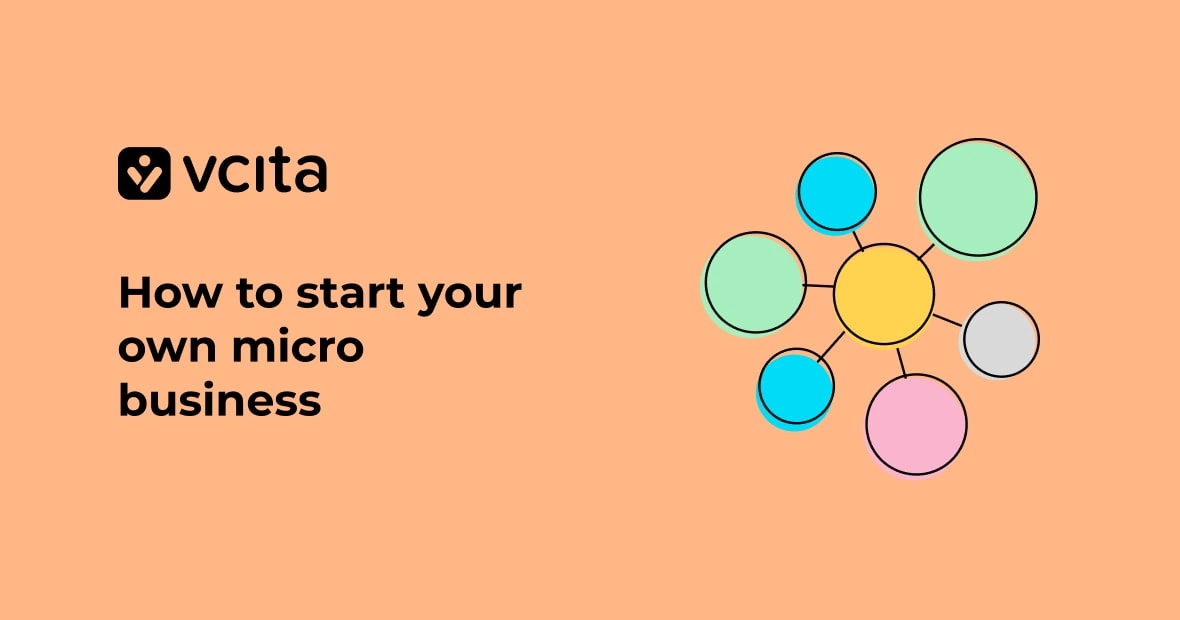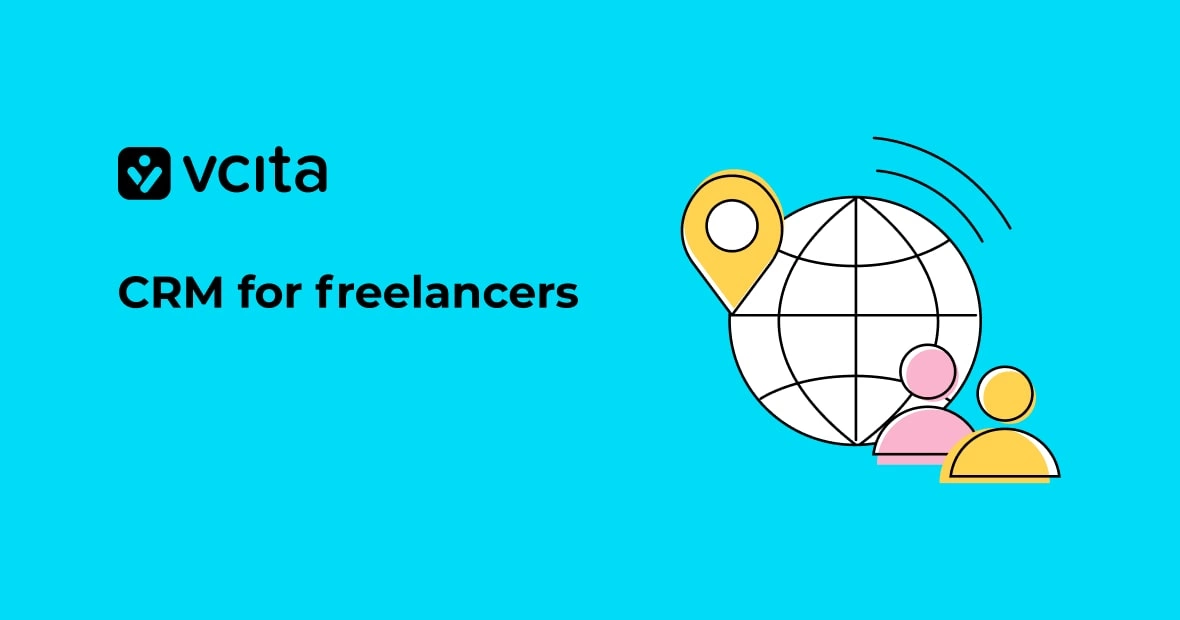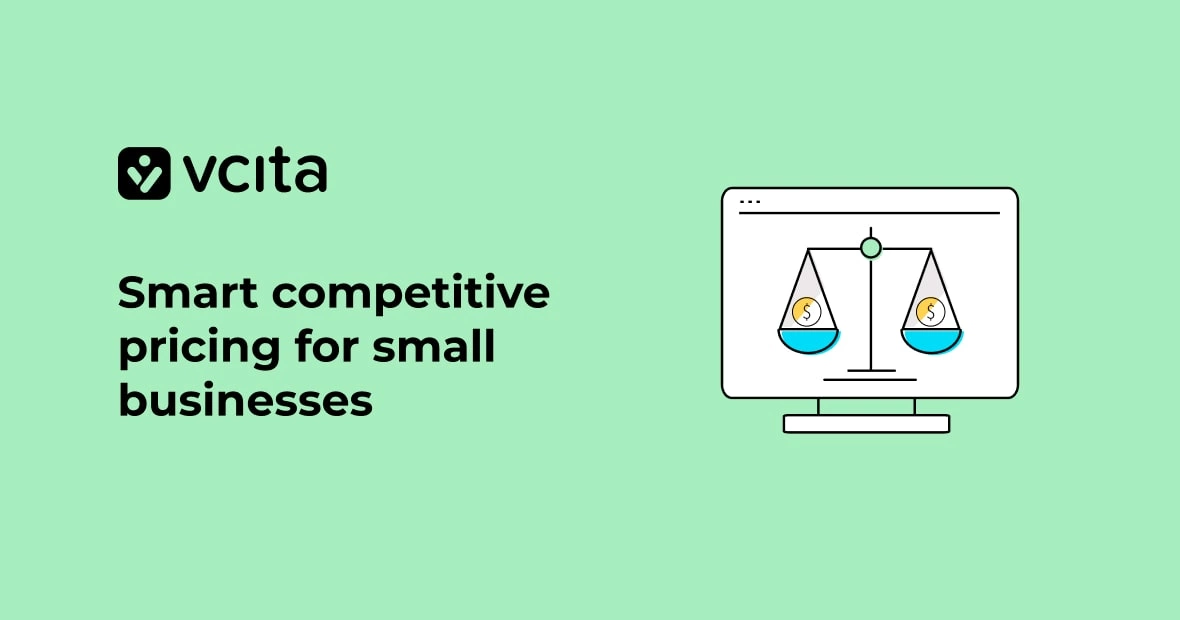Continuous sales are important to any business. The key to making more of them is knowing when a potential customer might be ready to make a purchase. That’s where the concept of ‘sales qualified leads‘ (SQLs) comes in.
Leads – individuals who’ve shown some level of interest in your business – aren’t all at the same stage of readiness to buy. For example, someone who’s liked one of your brand’s social media posts may not be quite as close to purchasing a product or service as a person who’s filled out a form on your website.
Turning someone’s initial interest into a concrete sale involves proper lead management; they need nurturing through the sales funnel.
To achieve this, it’s important to categorize your prospects as ‘marketing qualified leads’ (MQLs) and ‘sales qualified leads’ (SQLs).
In this article, we’ll delve into everything you need to know about the latter – the sales qualified lead.
What is a sales qualified lead?
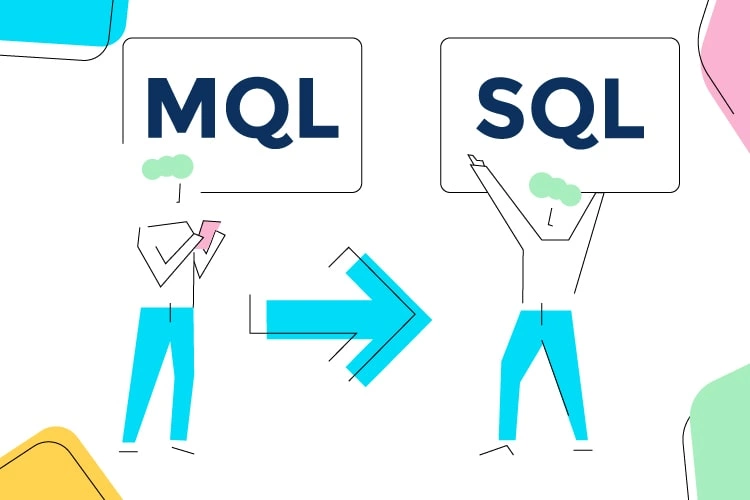
A sales qualified lead (SQL) is a potential customer who has moved beyond a casual interest in your products or services and is now seriously considering a purchase.
But how do you know when a lead is sales-ready? The answer lies in their actions. For example, if they’ve downloaded a brochure, requested a demo, or asked specific product-related questions, it shows that they’re ready to engage in a purchasing conversation.
Often, before someone becomes an SQL, they start as what’s known as a ‘marketing qualified lead’, or MQL. MQLs have demonstrated some interest in your brand, such as signing up for a newsletter or attending a webinar. However, the main difference between MQLs and SQLs is how ready to buy they are. MQLs are still thinking about it, while SQLs are ready to talk about making a purchase.
Once someone becomes an SQL, it’s a great time for your sales team to step in and have a conversation.
How to qualify a sales lead
Qualifying sales leads can be a bit like detective work, and ‘lead scoring’ is your detective toolkit. This is the process where you determine how ready a lead is to make a purchase based on their actions and interactions with your business.
With lead scoring, you assign points to specific actions that suggest someone is interested in what you’re selling. The more points a lead racks up, the closer they are to being ready to buy – and the higher they should be on your priority list for a sales chat. Remember, not all actions are created equal. Some might add points, while others might subtract them.
Positive actions could include things like downloading content from your website, signing up for your newsletter, or following your social media channels. These show a lead is interested and engaged.
It’s also important to score your leads based on whether they fit the profile of your ‘ideal customer’. Consider factors like their budget, needs, and type of business or job role.
On the flip side, be aware of ‘negative’ actions that might lower a lead’s score. For example, their points should decrease if they unsubscribe from your emails, stop engaging with your content, or show signs that they’re not a good fit for your product or service.
Analytics tools and customer relationship management (CRM) software can help spot these actions. But don’t forget, you can always take a more personal approach and ask them questions too.
Having a conversation with your leads can fill in gaps in your knowledge. For example, asking about how your product could help their business, who might be using it, or who’s likely to be involved in the purchase decision can provide valuable insights.
And don’t be shy about suggesting the next steps such as scheduling a demo call. Their responses can help you decide if a lead is ready to move from an MQL to an SQL or if they need more time.
Do remember, though, that lead scoring isn’t an exact science. It is a flexible system that can be adapted to suit your specific business needs and sales process.
How to increase sales qualified leads
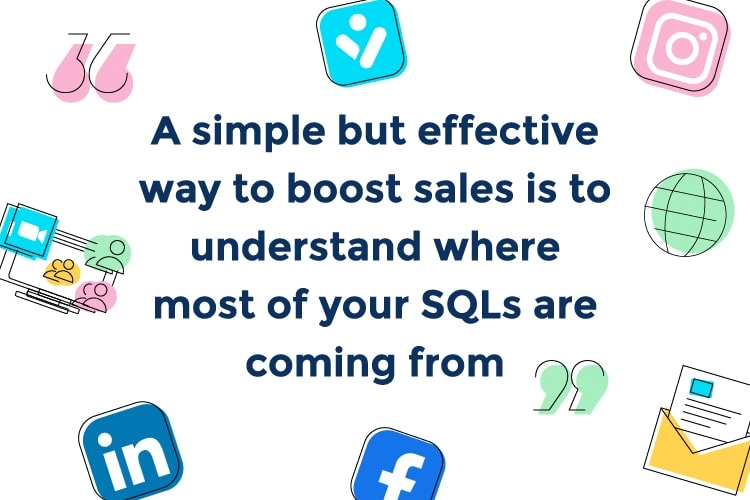
Increasing the number of SQLs is key to driving sales growth, which is obviously important for your business’s bottom line. A simple but effective way to boost sales is to understand where most of your SQLs are coming from. The question to ask is, which channels, events, or campaigns lead to the most customer conversions? If you discover, for example, that Instagram is a rich source of SQLs, it could be time to invest in more paid advertising or increase your budget there.
Using lead capture software can make a big difference, helping you identify and track your best lead sources and make sure no potential SQL falls through the cracks.
If you’re struggling to move leads from the MQL to the SQL stage, it might be time to revisit your lead scoring system. Are you asking the right questions? Are you properly valuing specific actions over others? Good marketing software for small businesses can help you refine this process, ensuring you’re correctly identifying and prioritizing your most promising leads.
Remember, the goal isn’t just to increase the quantity of SQLs, but also their quality. The more targeted your approach, the more likely you are to convert leads into loyal customers.
How qualifying sales leads can boost your bottom line
Hopefully, this article has shed some light on the difference between a marketing qualified lead and a sales qualified lead, and given you a few ideas on how to nurture potential customers from one stage to the other.
As we’ve seen, lead scoring can be an effective way of identifying and engaging with those individuals who are most likely to buy from your company. If you can nurture these leads and get the timing of your sales conversations right, the chances are you’ll persuade more of them to invest in your goods or services. And that’s going to be great news for your balance sheet.
























